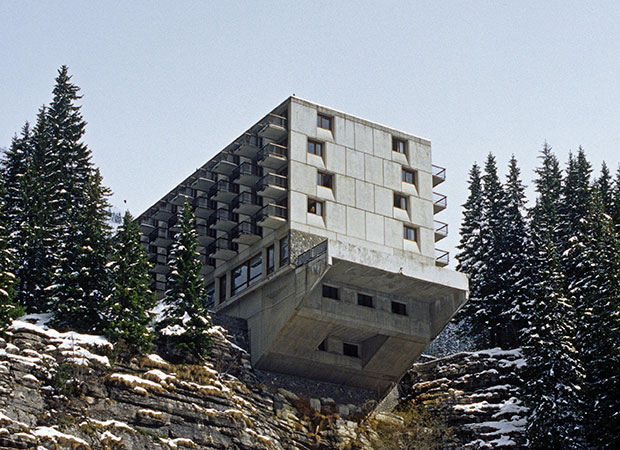
When Marcel Breuer built a brutalist ski resort
The Bauhaus founder's work in Flaine still inspires - just ask our brutal architecture book author Peter Chadwick
There’s a touching piece of writing in our forthcoming book on brutal architecture, This Brutal World, in which author Peter Chadwick recalls a teenage skiing trip to Flaine, in France.
The trip, as Peter writes in the book, was to prove inspirational – not because of the skiing, the mountain views or even the torturous 30-hour coach trip to get there. No, the reason the visit had such an impact on the soon-to-be writer and designer was because of the architecture of the resort.
Flaine was opened in 1969, it’s unique architecture and public art truly the result of a group effort. The area on which Flaine is situated in the Giffre Mountains was discovered by two avid skiers and mountaineers from Geneva. René Martens and Gérard Chervas discovered what they considered would be the perfect place for a ski station in 1954. When their suggestion was rebuffed by the local council they mentioned the project to a doctor friend in Geneva who helped rustle up funding from his banker cousin Rémi Boissonnas and his brother Éric in Paris.
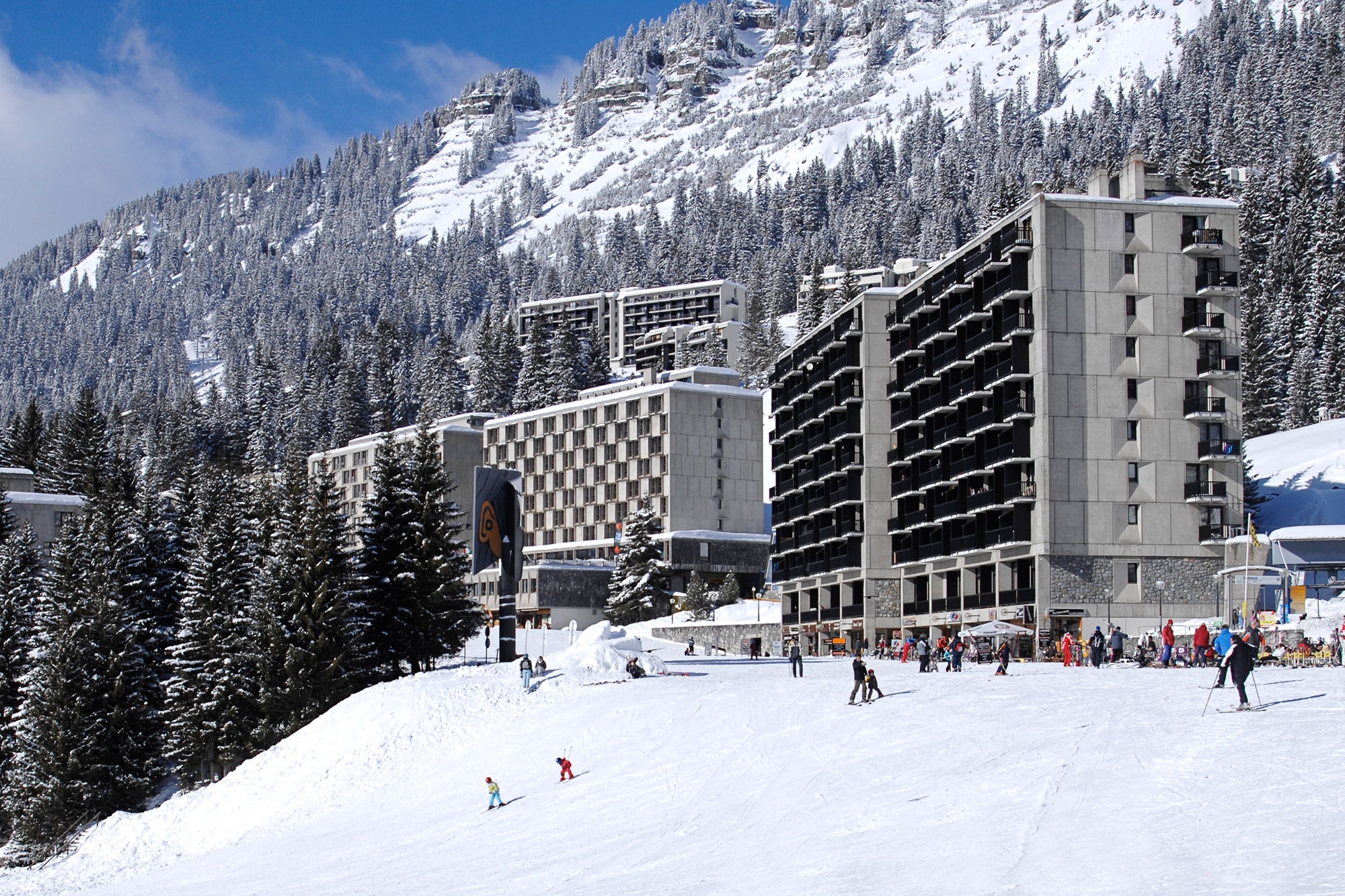
Impressed by his time in America, and particularly the school of Modernist architecture that successfully blended the old with the new, Éric Boissonnas asked Bauhaus founder Marcel Breuer to help him create not just a ski station but “a masterpiece” that would draw the most talented architects and artists of the era.
Boissonnas apparently saw the construction of Flaine as a cultural adventure and Breuer was asked to create what would be an open-air museum. He succeeded. Flaine is the only ski resort built in the 1960’s to be listed in the French Historical Monuments Survey.
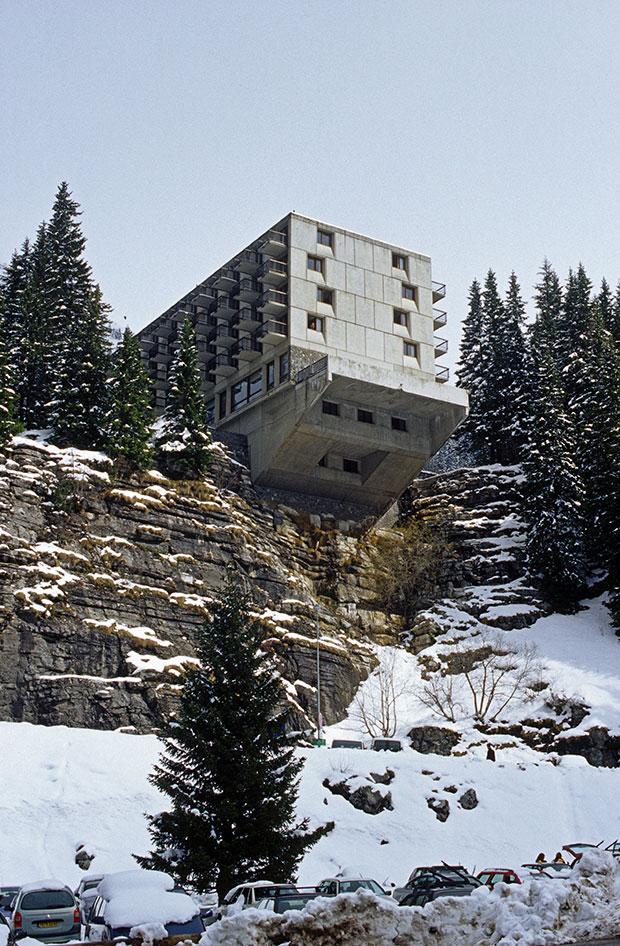
However, its birth was torturous, delayed and expensive. Work floundered over local objections and demands from farmers for money (at one point Éric Boissonnas was unfairly dubbed by L’Express as “a poet suffering from having 40 billion Francs” even though he had sunk the equivalent of 500 million euros in today’s money into the project. There were also practical concerns over a lack of water on the site. When the project stalled for a couple of years, public money was eventually found to reinvigorate it.
Breuer used pre-cast concrete in a break with the local Savoyard style. Though the lines are in sharp contrast to the surrounding mountains, the colours collide in a pleasing manner. Indeed, right from the early design stages, Éric Boissonnas and Breuer were determined to respect nature. They were careful not to disturb the natural surroundings and to integrate the resort into the mountains running cables through tunnels in a bid to keep them invisible. In doing so, the general layout was able to blend in with the environment’s contours, and the different resort levels cannot be seen from one to the other. The result is a feeling of privacy and, despite the nature of the materials used, tranquility.
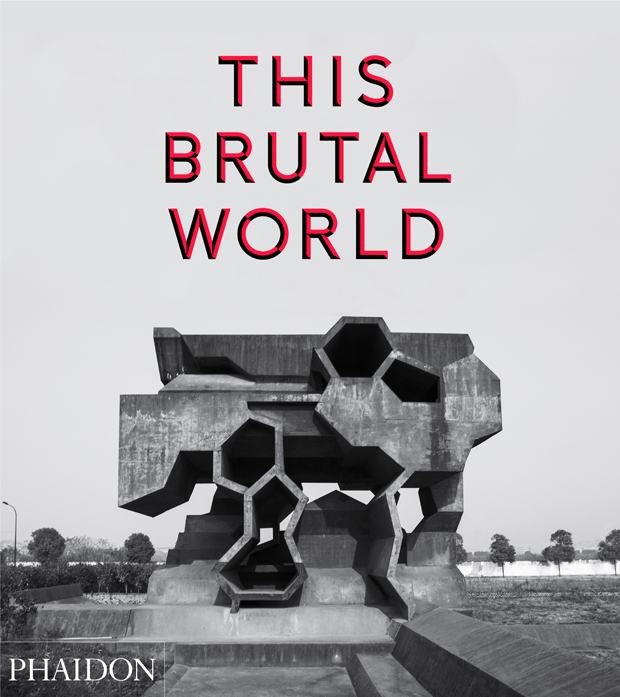
Public sculptures - Le Boqueteau by Jean Dubouffet, Les Trois Hexagones by Victor Vasarely and Tête de Femme by Picasso, greet the visitor to this day adding to the experience of an open-air museum.
Flaine was revolutionary in other ways, too. It was the first resort in Europe to offer artificial snow and its high-speed 8-seater chair lifts were the envy of the Alps. Many of its more challenging runs were designed never to be bashed too, making the area an instant hit with off-pisters.
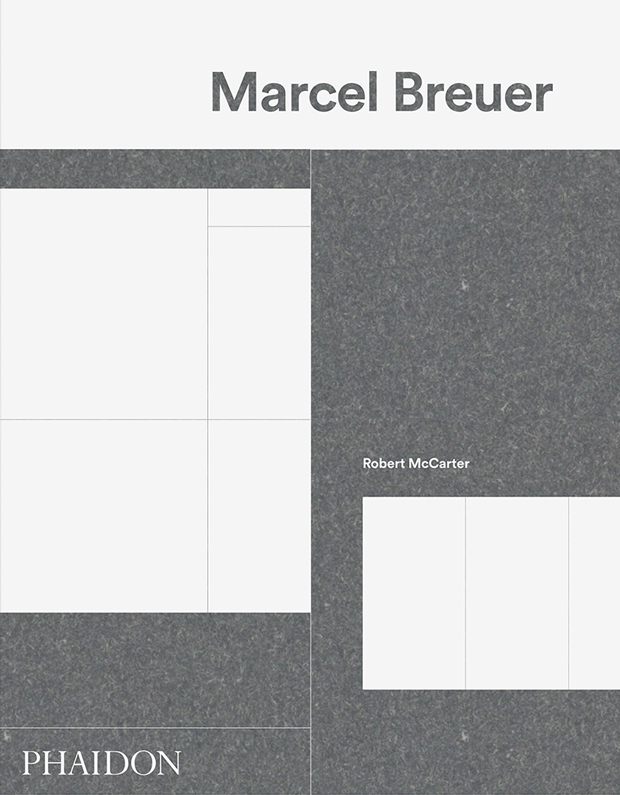
If the late dump of snow on the Alps in Europe has inspired you to make a late ski booking maybe you’ll make it a brutalist one. If you can’t differentiate one end of a ski from another why not console yourself by pre-ordering two great forthcoming books. Peter Chadwick’s book of awe-inspiring brutal architecture This Brutal World is here and our insightful, in depth and truly readable Marcel Breuer monograph is here. You’ll find them both among our great selection of architecture books.